Muscle cars have always been a symbol of power and style, capturing the imagination of car enthusiasts worldwide. However, not every muscle car that looked great performed equally well on the road. Let’s take a closer look at some muscle cars that had the aesthetics nailed but fell short in terms of driving experience.
Pontiac Firebird Trans Am
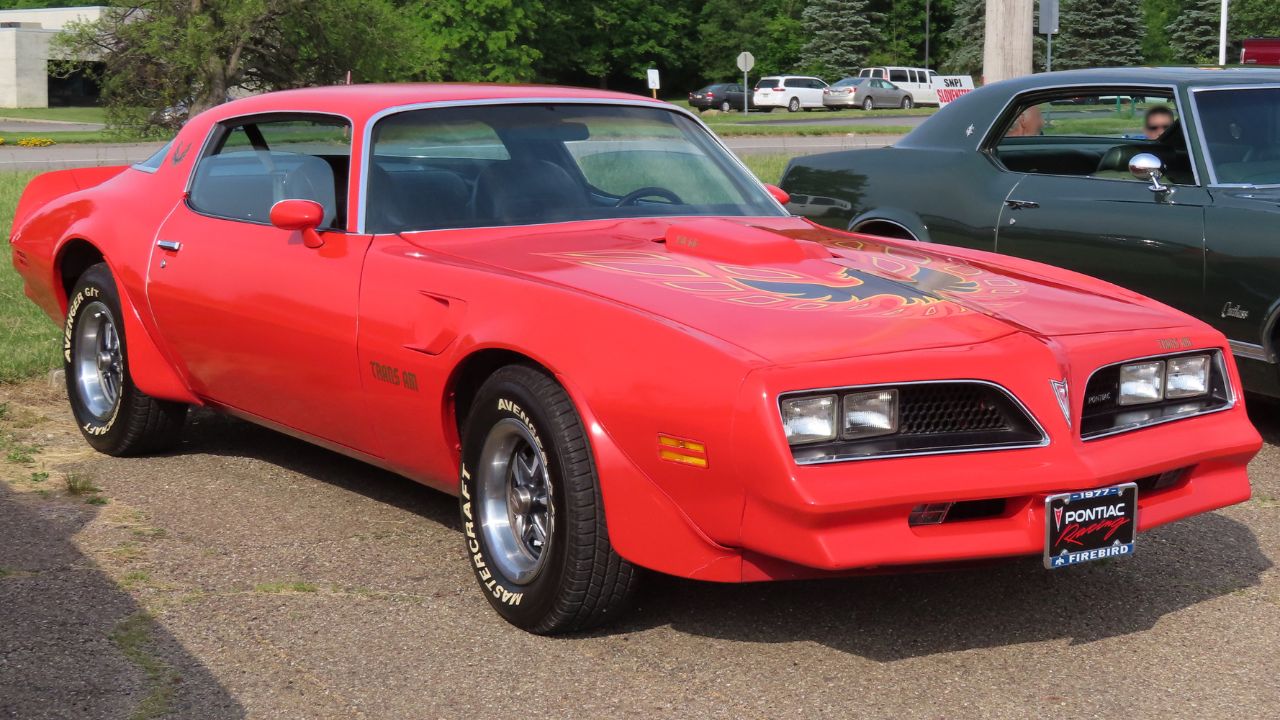
The Pontiac Firebird Trans Am, particularly the models from the late 1970s, boasted an aggressive design with its iconic screaming chicken decal on the hood. Despite its eye-catching appearance, the performance was hindered by emission regulations that strangled the engine’s power output. The Firebird’s handling and acceleration were lackluster compared to its rivals, making it more of a showpiece than a road warrior.
While the Firebird Trans Am remains a beloved classic today, its original driving dynamics didn’t quite match its fierce looks. Many enthusiasts have since modified these cars to enhance performance, allowing them to live up to their aesthetic potential.
Ford Mustang II
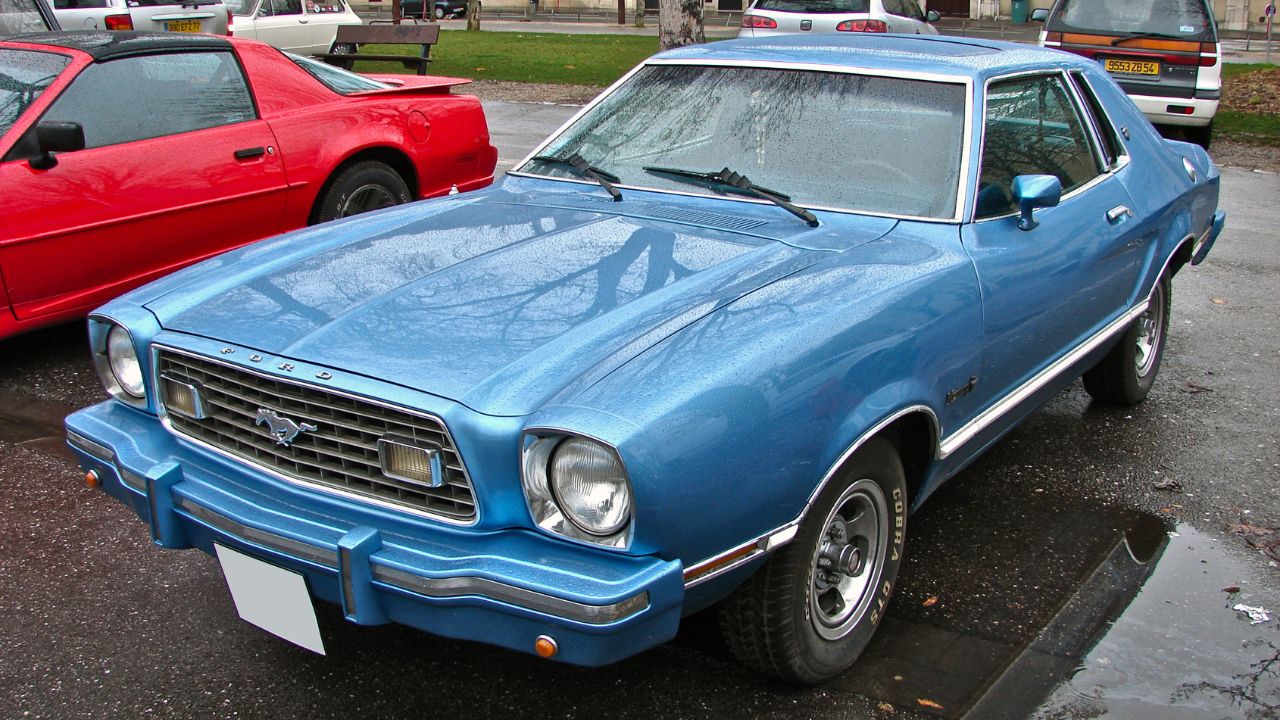
The Ford Mustang II, released in 1974, was a significant departure from the muscle car formula that made the Mustang a household name. Downsized and underpowered due to the oil crisis, the Mustang II’s design attempted to capture the spirit of its predecessors but fell short in performance.
The V8 engine option offered some hope for power, but it was a far cry from the Mustang’s former glory. The focus on fuel efficiency and compactness resulted in a car that looked sporty but drove more like a commuter vehicle.
Chevrolet Camaro Berlinetta
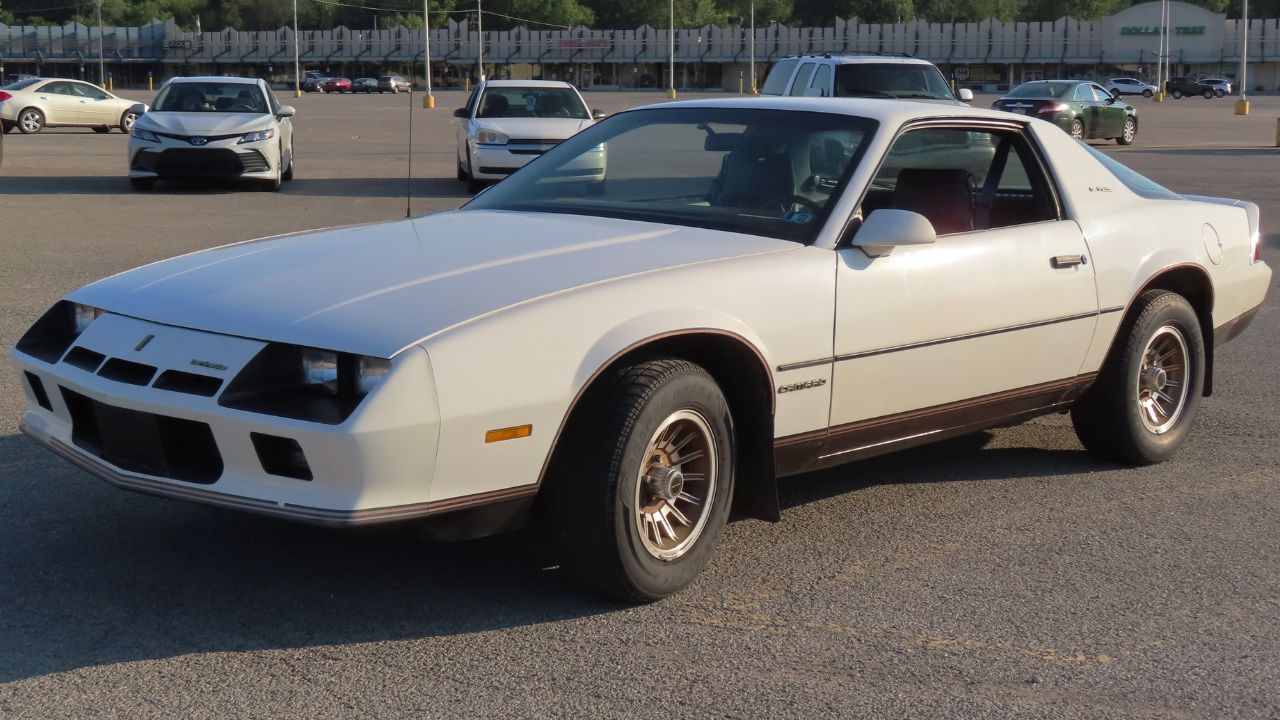
The Chevrolet Camaro Berlinetta of the early 1980s was a stylish attempt to blend luxury with muscle car aesthetics. With its sleek lines and luxurious interior, the Berlinetta aimed to attract a more upscale audience. However, the driving experience was compromised by its lack of power and sluggish handling.
Performance took a backseat to comfort, with the Berlinetta’s suspension and engine choices favoring a smooth ride over thrilling acceleration. This made the Berlinetta an attractive cruiser but not quite the muscle car many enthusiasts hoped for.
Dodge Charger Daytona
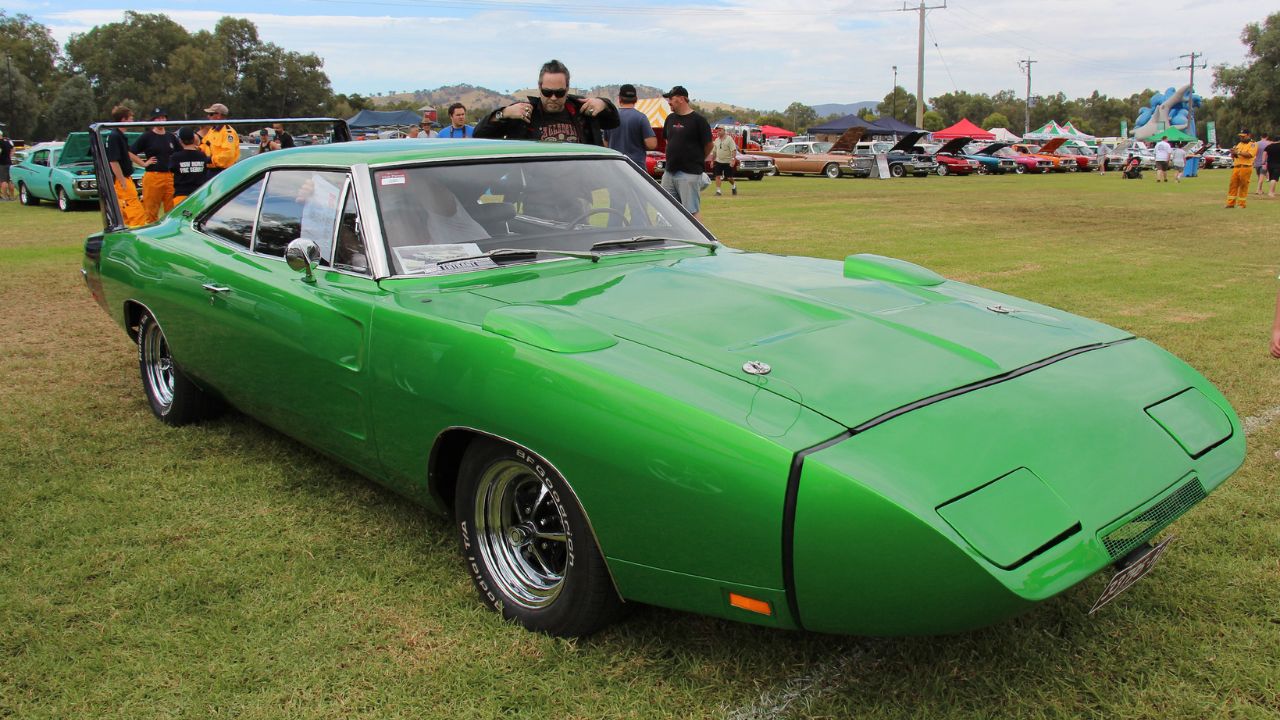
The Dodge Charger Daytona, introduced in 1969, had a look that screamed performance with its aerodynamic nose and towering rear wing. The Daytona was designed for NASCAR dominance, but the street version didn’t deliver the same level of excitement for everyday drivers.
The car’s bulky design and limited visibility made it challenging to handle, and while its engine was powerful, the overall driving experience was not as exhilarating as its race-inspired looks suggested.
AMC Javelin
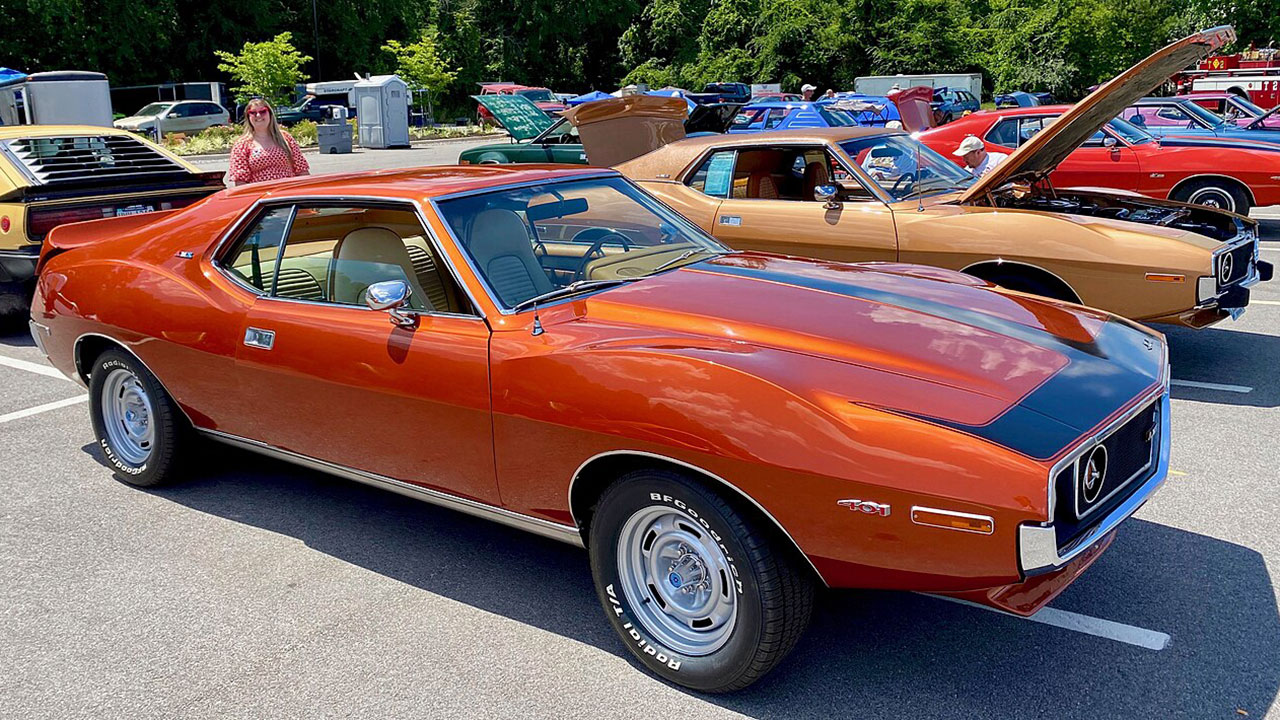
The AMC Javelin of the early 1970s sported a bold design that set it apart from other muscle cars of the era. With its distinctive curves and aggressive stance, the Javelin was visually striking. However, it struggled to compete with the performance of its Big Three competitors.
Despite offering a range of V8 engines, the Javelin’s handling and build quality left much to be desired. The car’s potential was never fully realized, making it more of a visual statement than a performance powerhouse.
Plymouth Barracuda
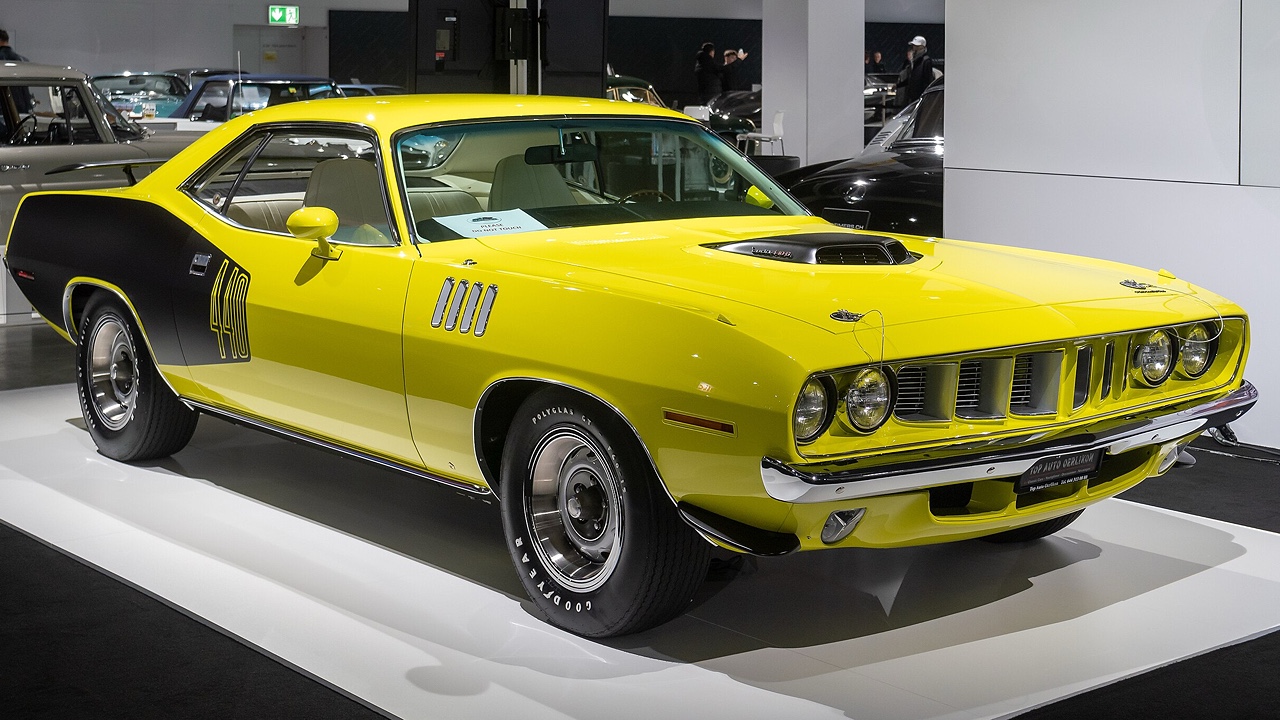
The Plymouth Barracuda, particularly the third-generation models from 1970-1974, is an icon of muscle car design. Its aggressive front end and shapely body captured the spirit of the era. Unfortunately, its performance was inconsistent, with some models lacking the power to match their sporty looks.
While high-performance versions like the ‘Cuda with the 426 Hemi engine were impressive, more common models were hampered by less potent engines and handling issues. This discrepancy made the Barracuda a mixed bag in terms of driving experience.
Mercury Cougar XR-7
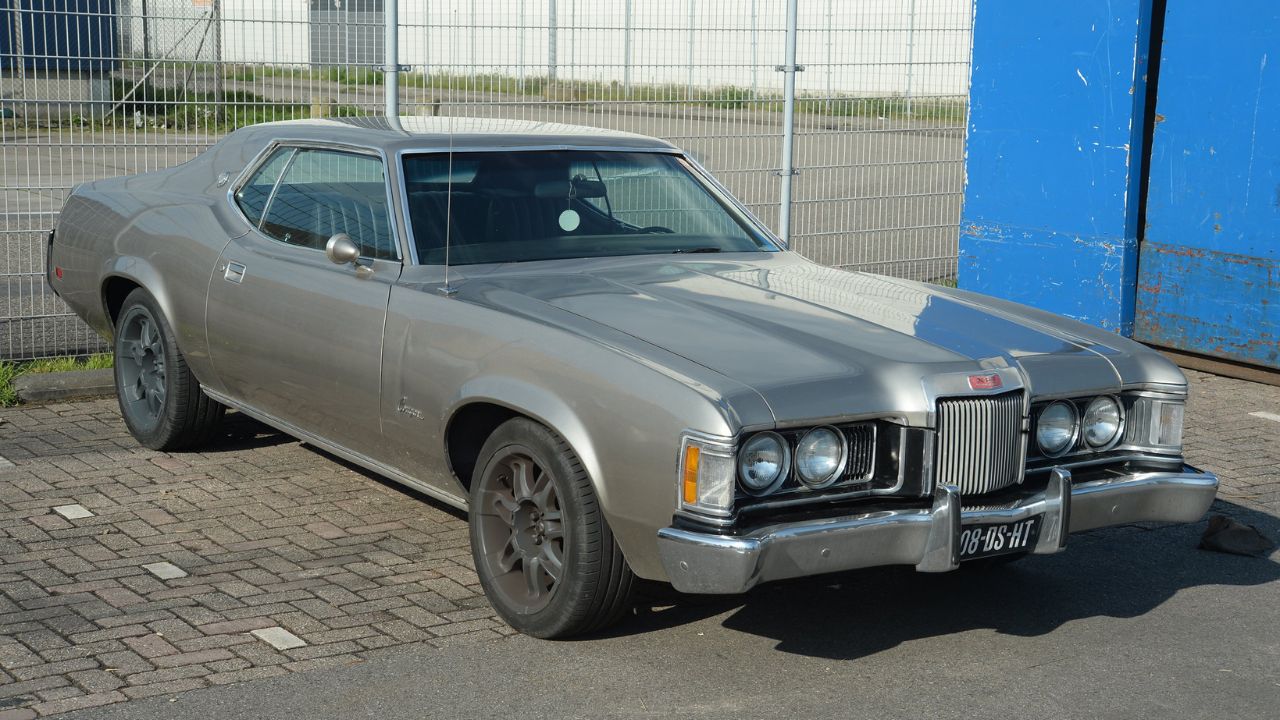
Mercury’s Cougar XR-7 aimed to combine luxury with muscle car styling. The late 1960s and early 1970s models featured plush interiors and a sleek exterior, appealing to those seeking a more refined muscle car. However, the XR-7’s performance fell short of expectations.
The Cougar’s heavy weight and focus on comfort over handling resulted in a car that looked fast but didn’t deliver the raw driving thrills of its competitors. It was more suited for cruising than tearing up the track.
Buick Reatta
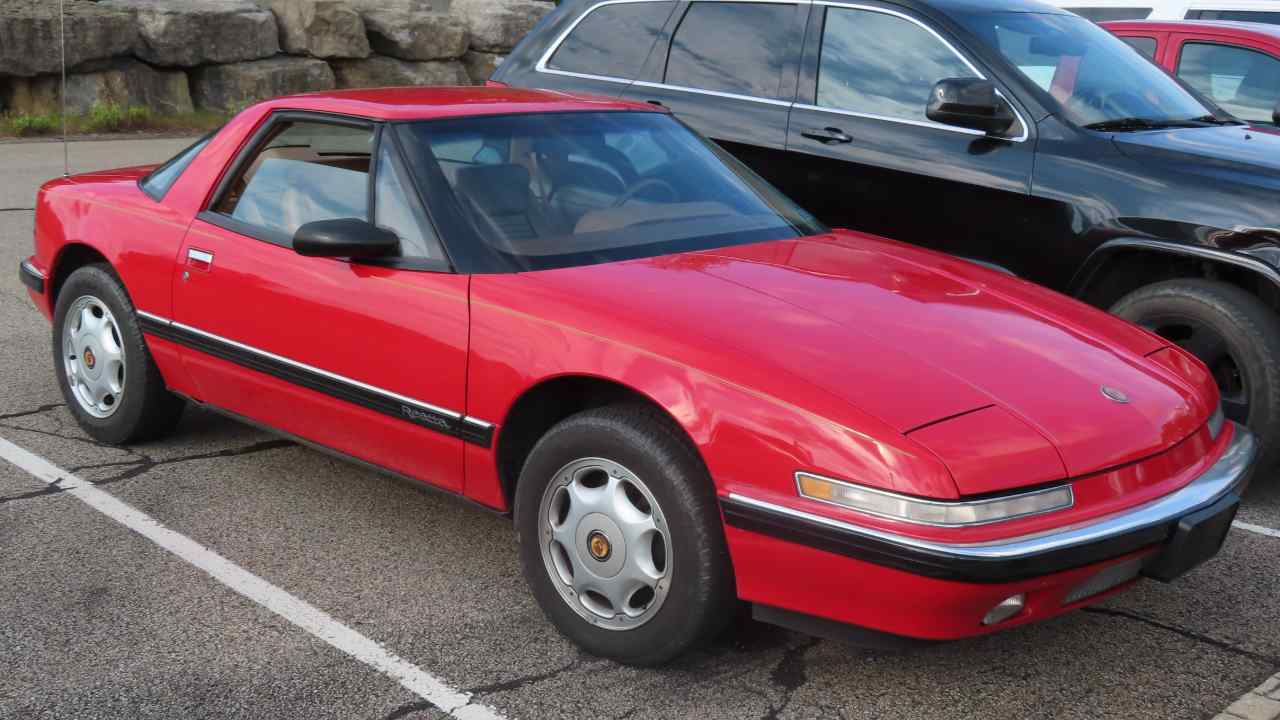
The Buick Reatta, introduced in 1988, was a departure from traditional muscle car designs, offering a distinctively modern and sleek appearance. Marketed as a luxurious sports coupe, the Reatta looked the part but didn’t pack the punch enthusiasts desired.
Under the hood, the Reatta had a V6 engine that provided adequate power for a daily driver but fell short of the thrilling performance expected from a muscle car. Its focus on comfort and technology, including a touchscreen interface, prioritized refinement over raw speed.
Oldsmobile Hurst/Olds
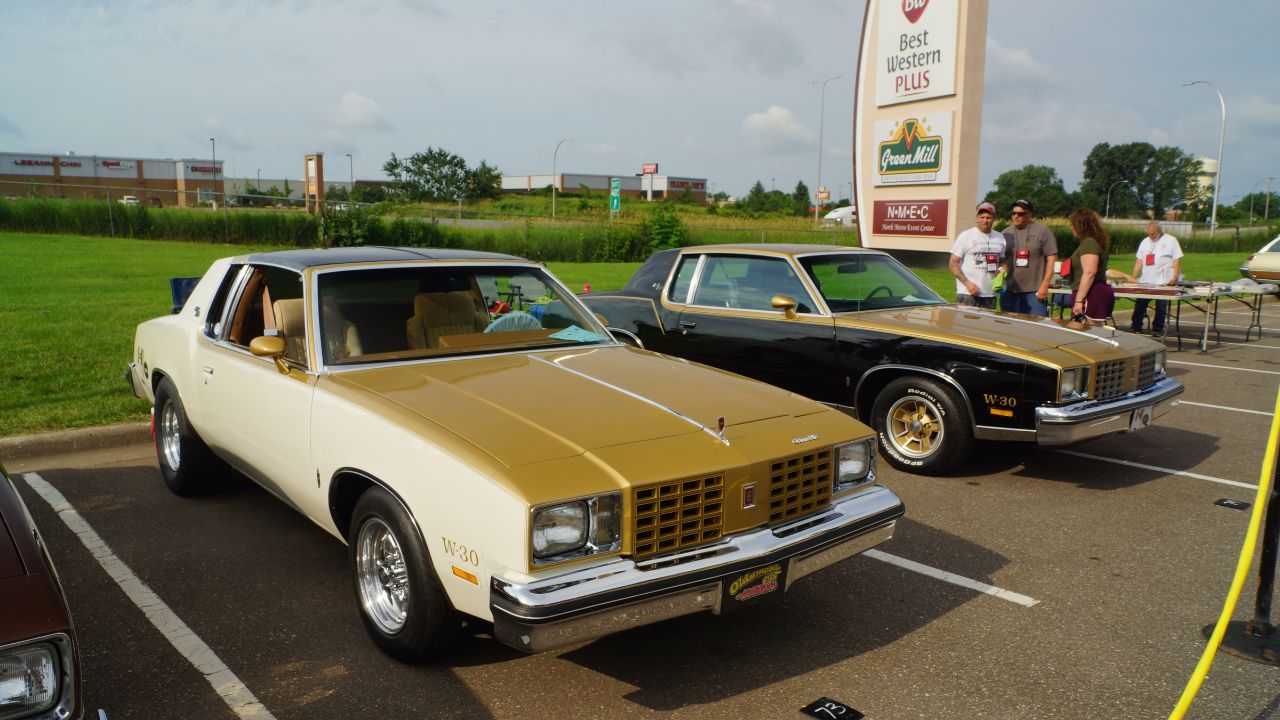
The Oldsmobile Hurst/Olds is best remembered for its striking appearance, particularly the 1979 model with its bold graphics and distinctive hood scoop. However, its performance didn’t quite match its aggressive looks.
Although it featured a 5.7-liter V8, the Hurst/Olds was plagued by the emission controls of the era, which limited its power output. The handling was also not as sharp as one would hope for a car with such a commanding presence.
Chrysler Cordoba
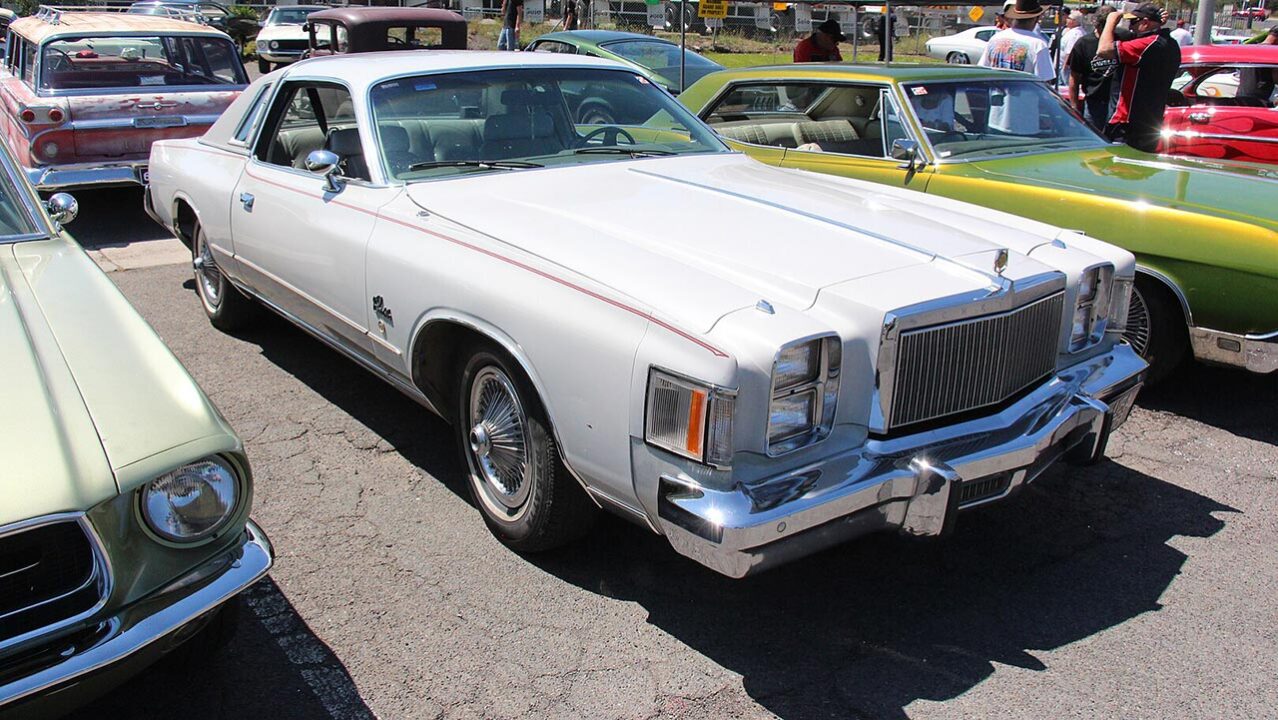
The Chrysler Cordoba of the late 1970s and early 1980s offered an upscale take on muscle car aesthetics. With its elegant design and luxurious touches, it catered to those looking for style and comfort. However, the driving experience was more sedate than spirited.
The Cordoba’s engine options prioritized smoothness over speed, and its hefty weight made it feel more like a grand tourer than a nimble muscle car. It was all about the luxurious ride rather than raw acceleration.
Chevrolet Monte Carlo SS
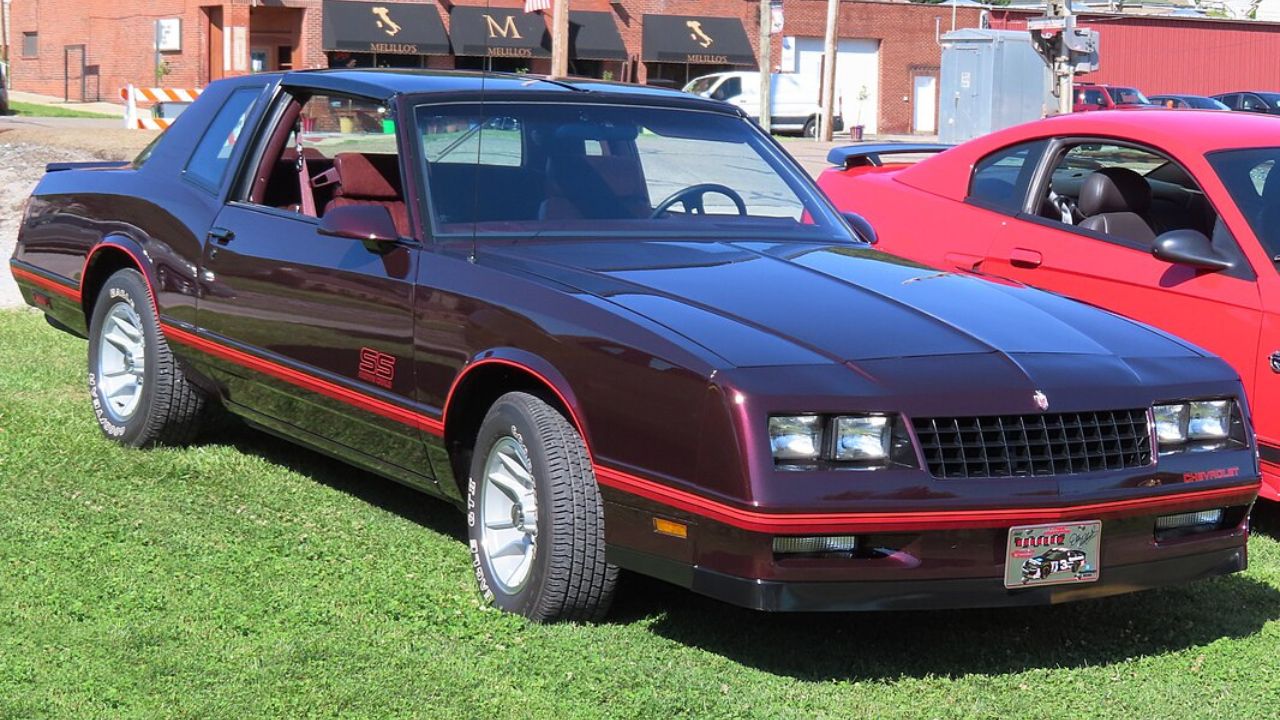
The Chevrolet Monte Carlo SS of the 1980s carried a bold, aggressive look that promised performance. With its aerodynamic styling and racing-inspired decals, it certainly looked the part. However, the driving experience often fell short of these expectations.
The Monte Carlo SS was powered by a 5.0-liter V8, which offered decent power but was hampered by the car’s weight and outdated suspension system. It was a car that looked fast in a showroom but struggled to deliver the same excitement on the road.
Ford Thunderbird Turbo Coupe
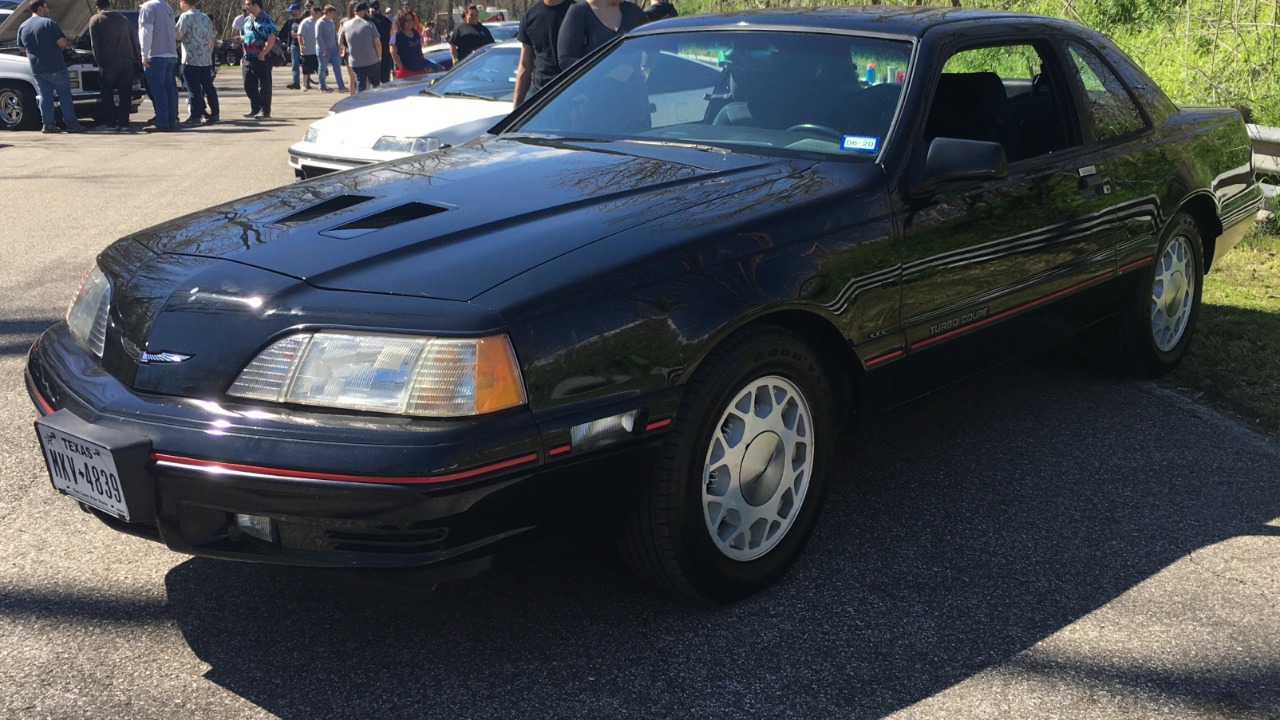
The Ford Thunderbird Turbo Coupe of the late 1980s introduced a sleek and modern design that set it apart from traditional muscle cars. With its turbocharged engine, it aimed to blend performance with style. However, the execution didn’t quite hit the mark.
The Turbo Coupe’s engine suffered from turbo lag, and while it provided a unique driving experience, it lacked the raw power and immediate response that muscle car enthusiasts craved. The focus on technology and comfort also diluted its muscle car appeal.
Like Fast Lane Only’s content? Be sure to follow us.
Here’s more from us:
*Created with AI assistance and editor review.

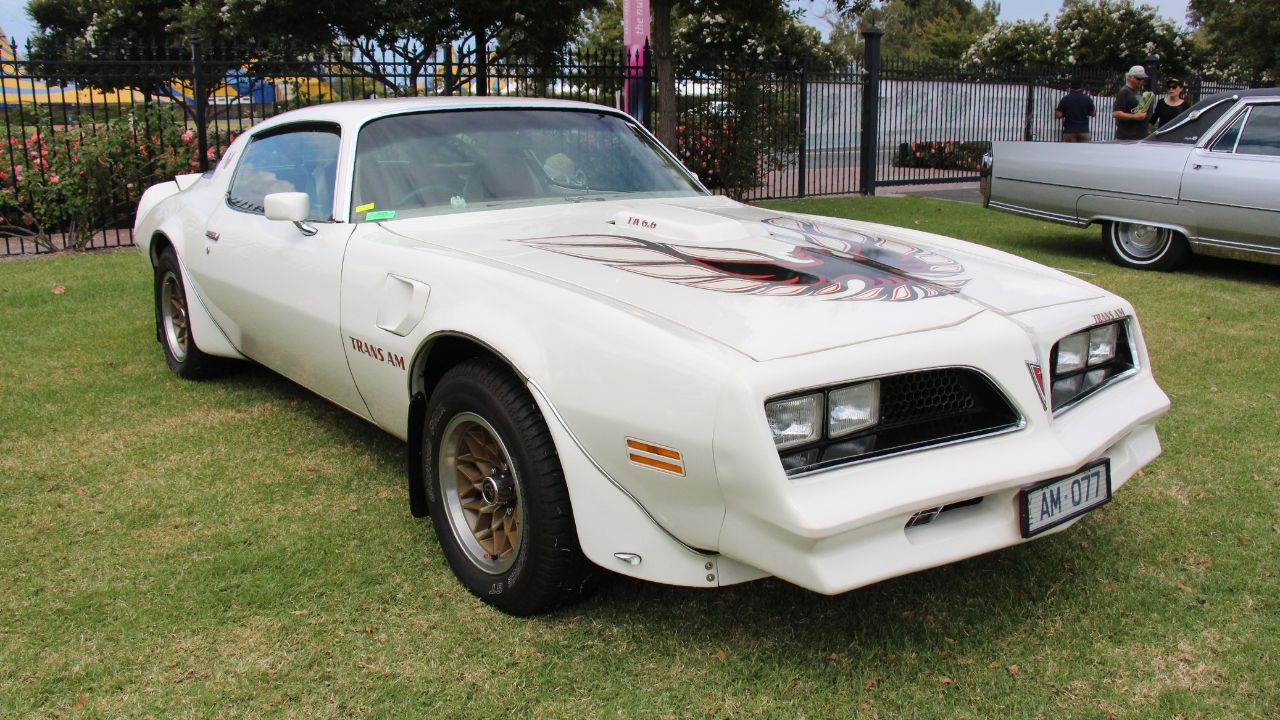
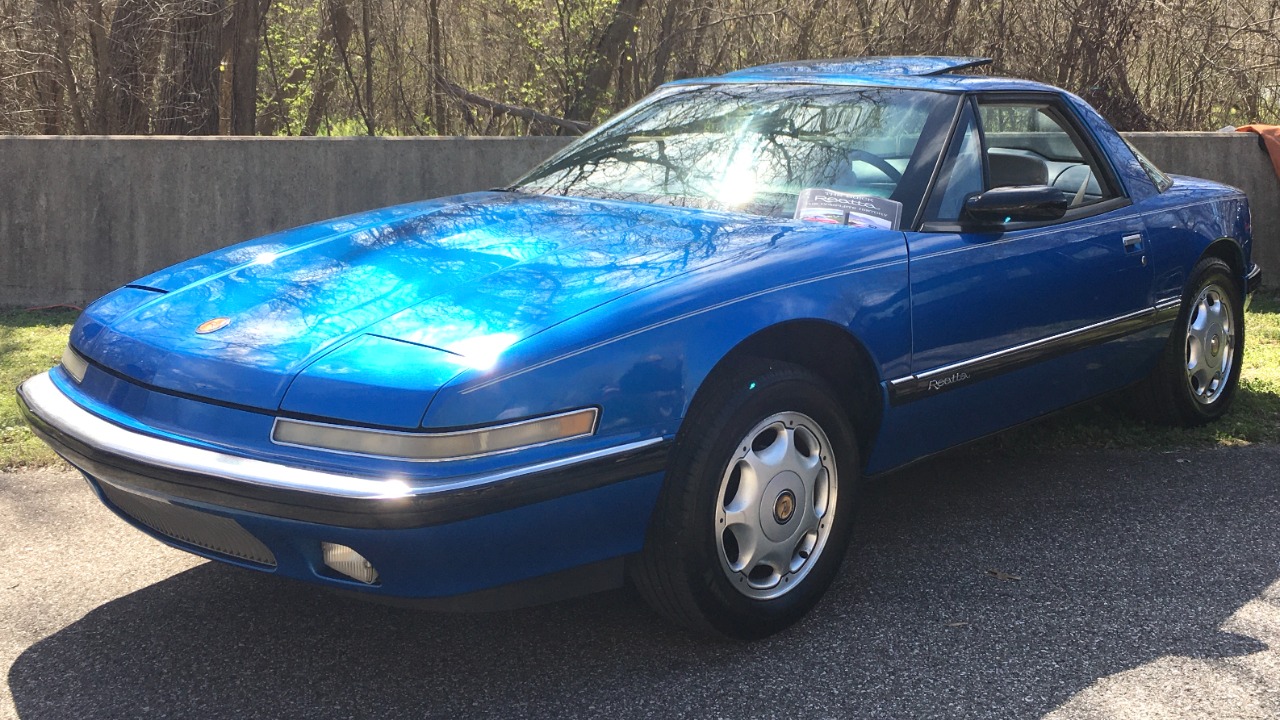
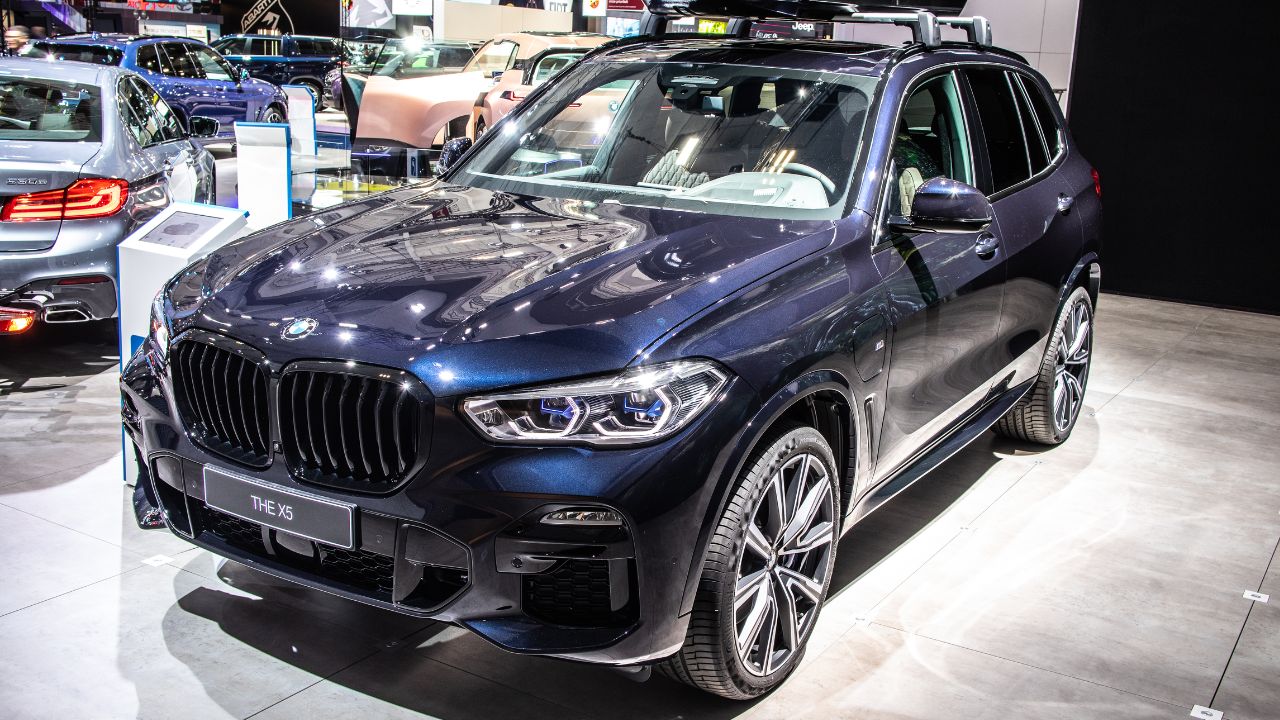
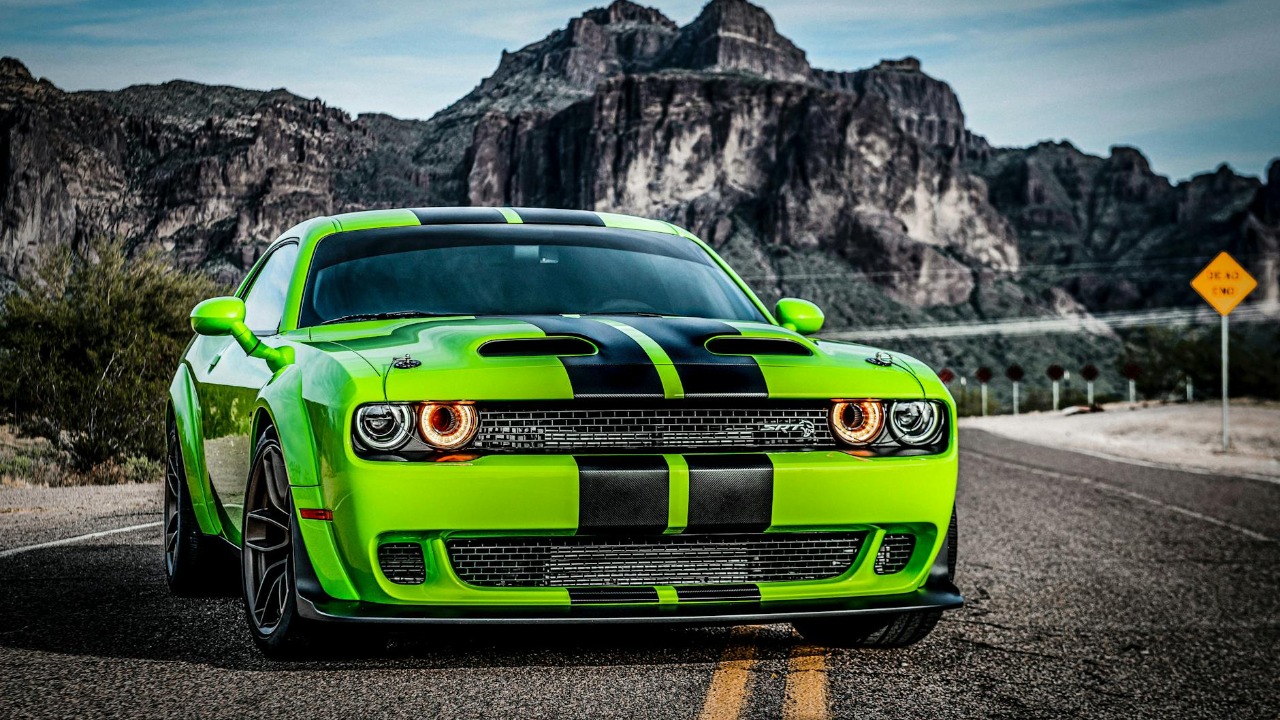
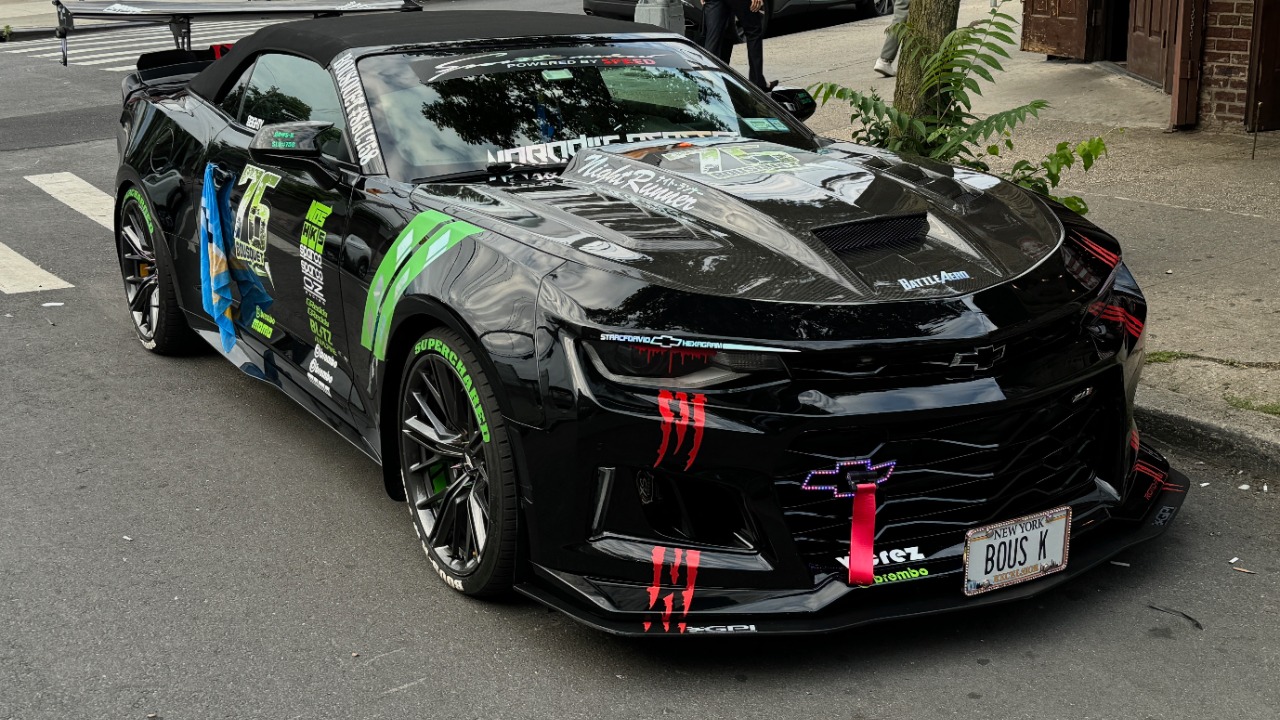
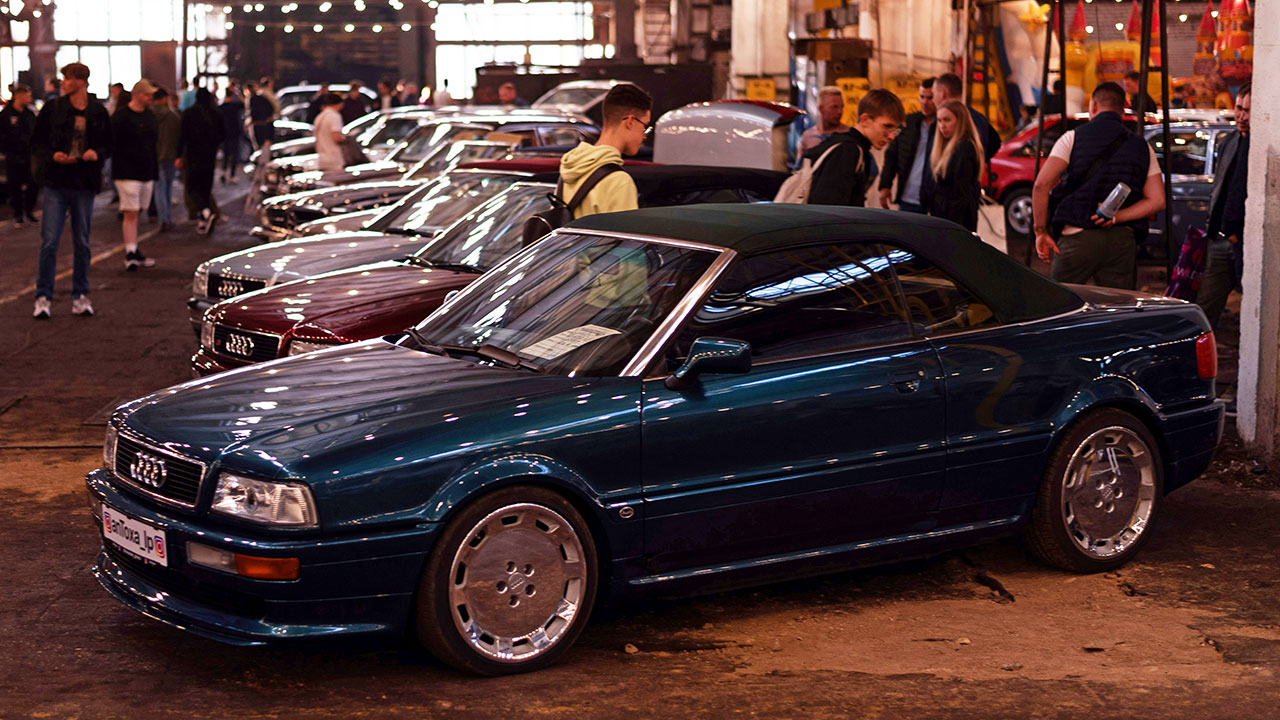
Leave a Reply